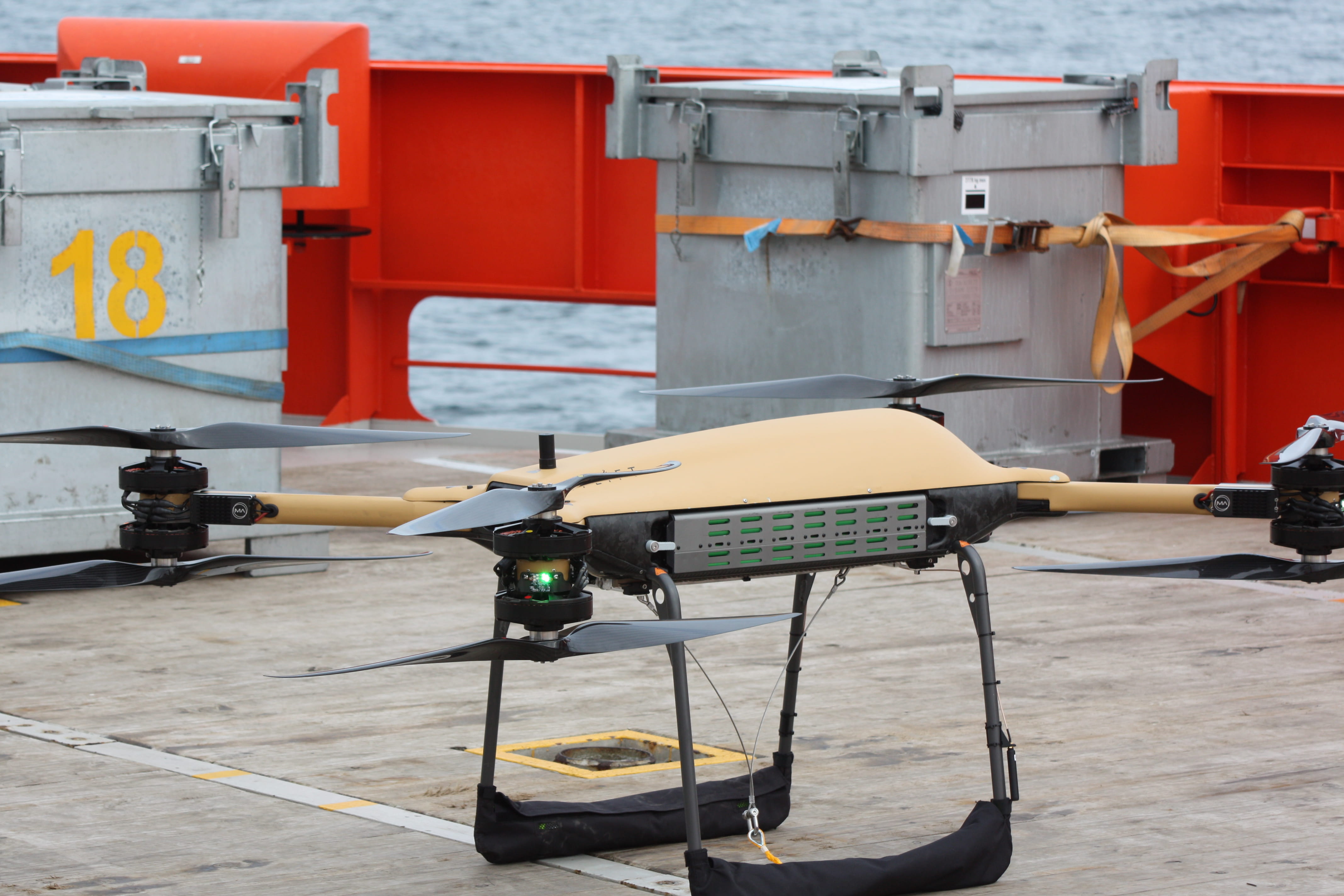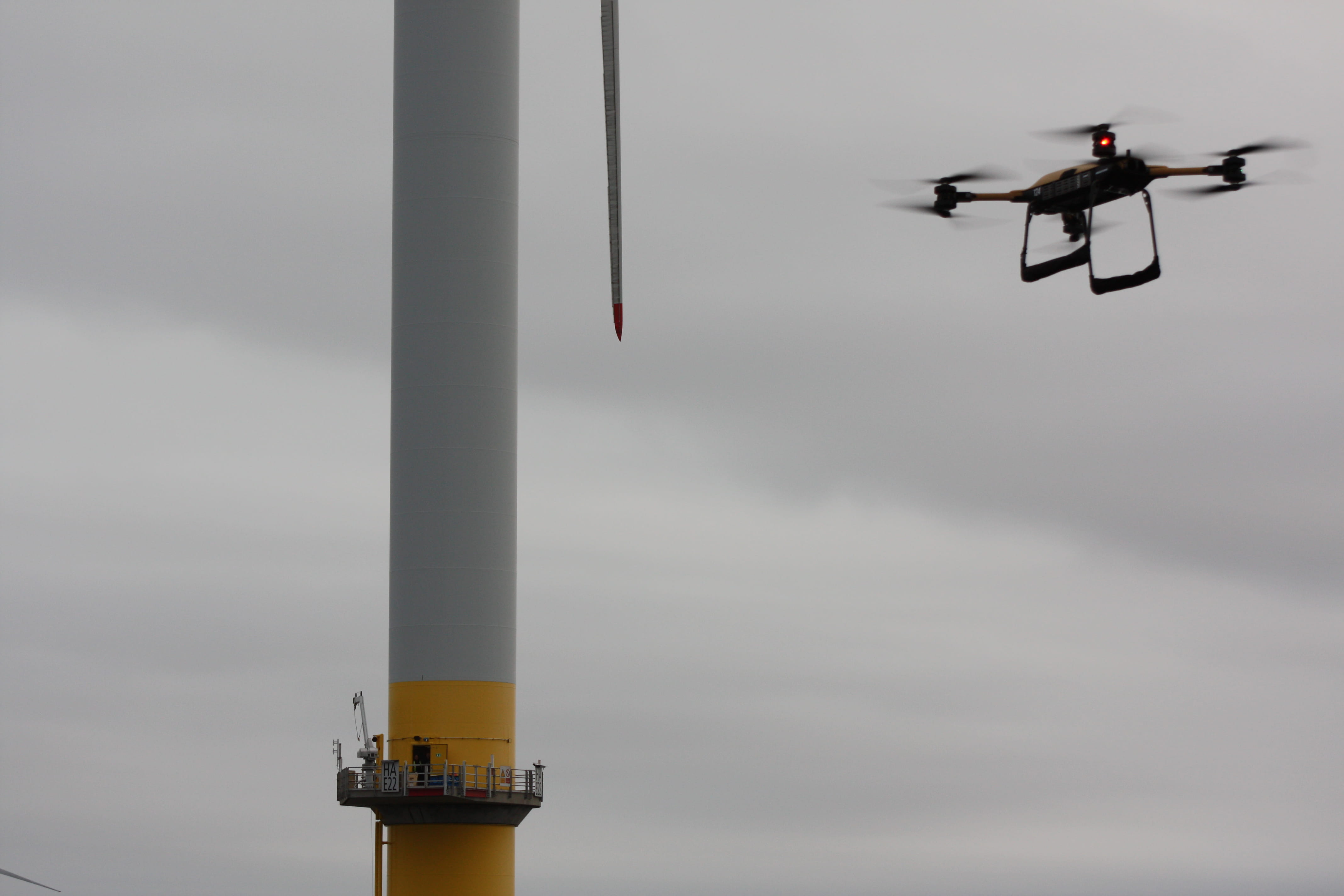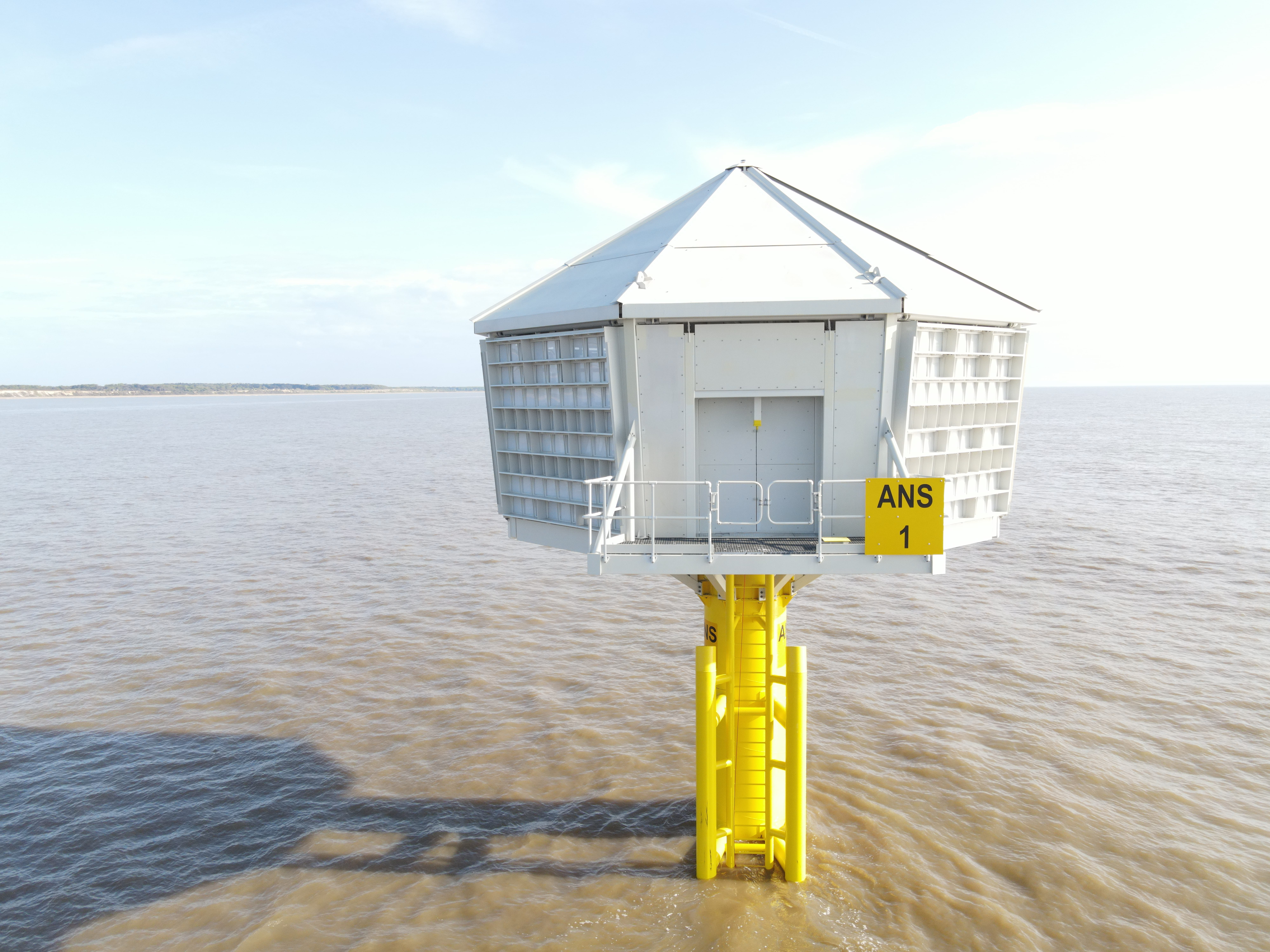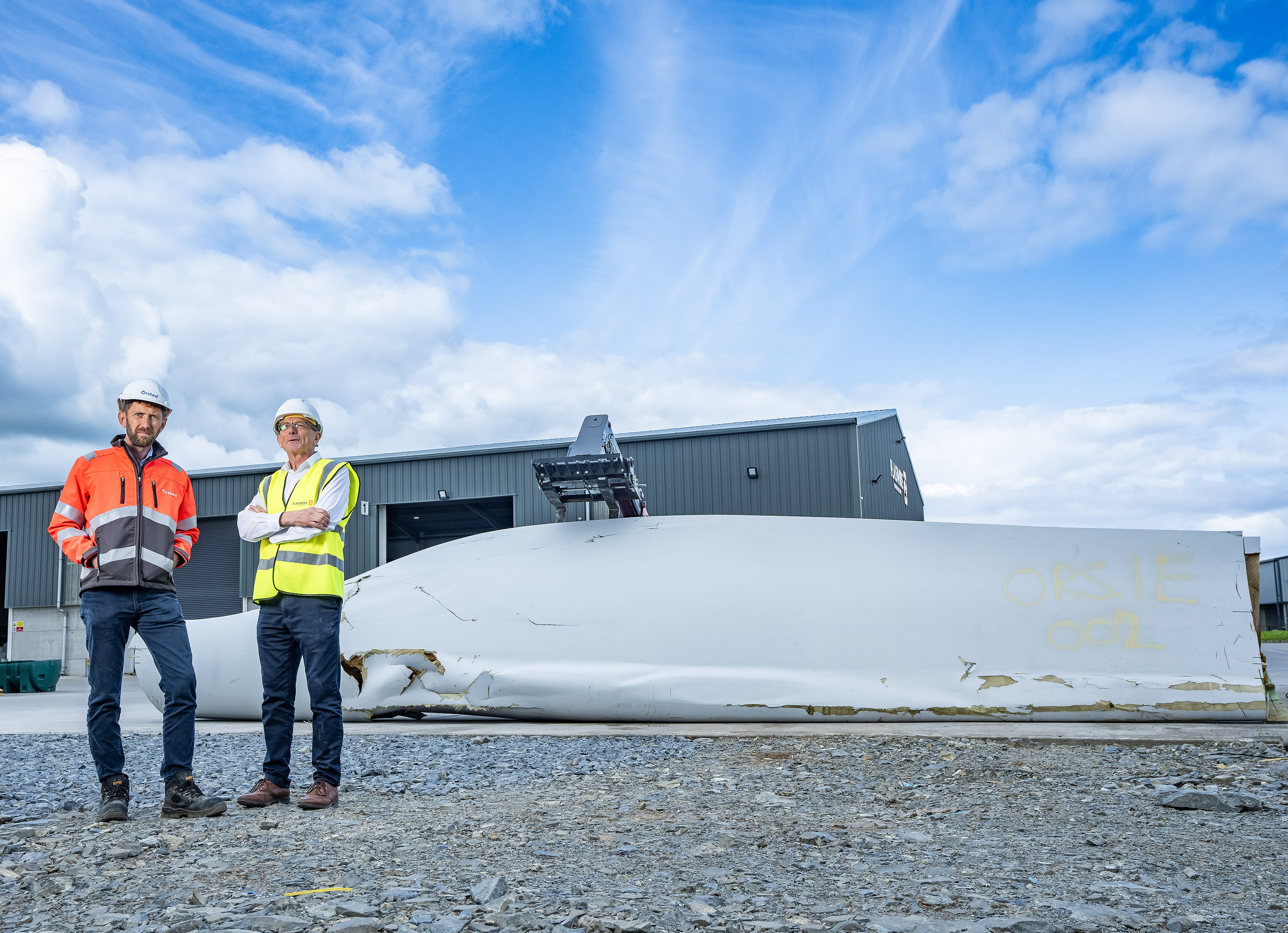With a total capacity of 1.2 GW, Hornsea 1 produces enough green energy to power over 1 million homes and held the title of the world’s largest wind farm until its sister project, Hornsea 2, came into operation in 2022.
The trials in the UK build on our previous experience testing smaller drones, carrying much lighter loads, at other offshore wind farms.
The drone, with the wingspan of an albatross, is managed from a control room with two flight desks. The flights are fully planned, coordinated, and monitored for safety.
“At Ørsted we want to use our industry leading position to help push forward innovations that reduce costs and maximise efficiency and safety in the offshore wind sector,” said Mikkel Haugaard Windolf, the project leader for our offshore logistics team.
“Drone cargo delivery is an important step in that direction.”



